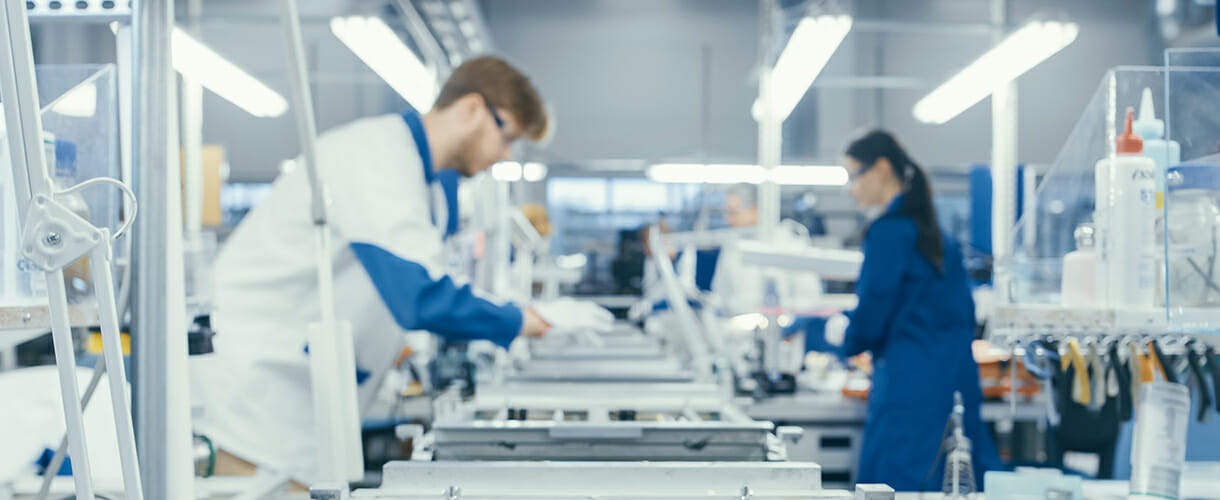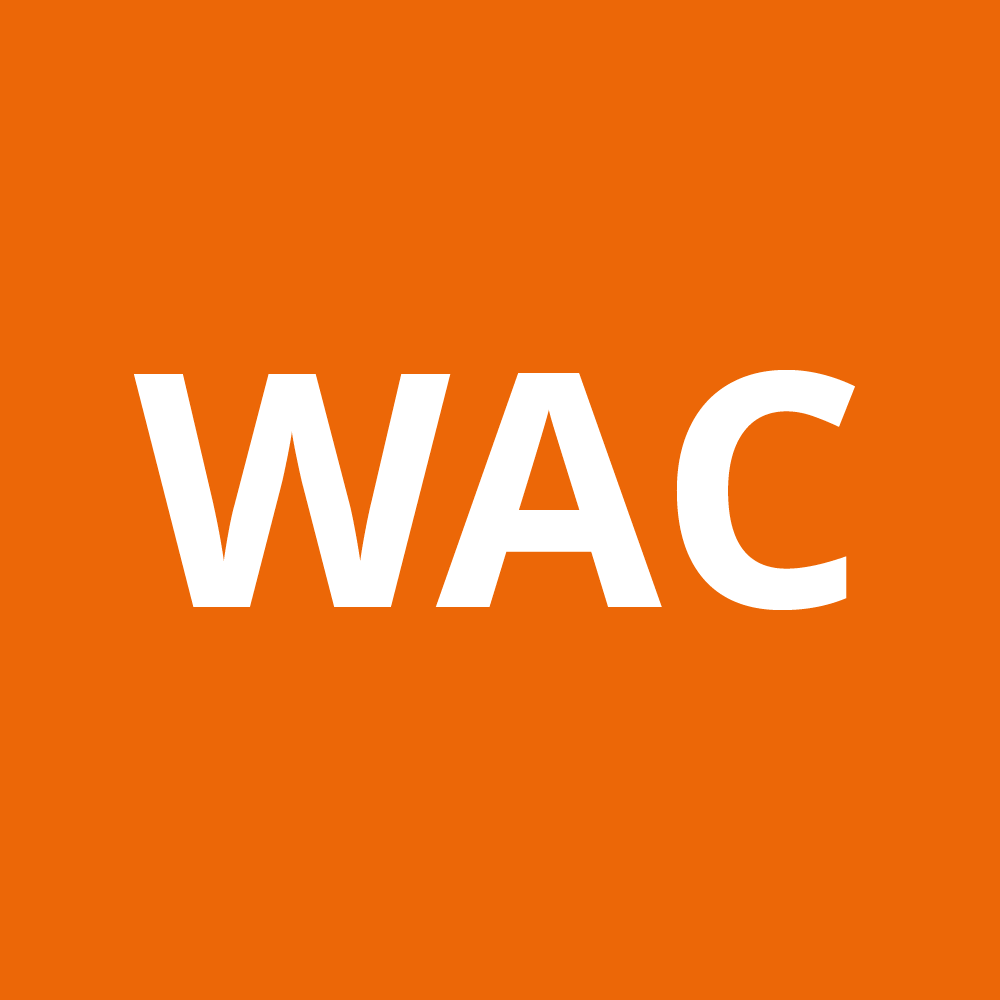Jacobi Resins
Ion Exchange Resins

APPLICATIONS & SOLUTIONS
With shrinking node size, modern integrated circuits are so complex that even the smallest contaminant can create costly defects. Ultrapure water (UPW) is vital to cleaning wafers in the fabrication plant, and to prevent failure, must be free of organic and inorganic compounds, particulates, and other contaminants. Meanwhile, water shortages pose a significant threat to expansion, and processes generate wastewaters with hazardous metals and solvents. Major electronics companies are responding by recycling water internally to high levels and recovering chemicals from waste to tighter standards.
Jacobi provides a product line tailored for high-purity UPW with low levels of contaminants. Our products undergo specialized treatment to remove organic residuals left after primary manufacturing and are fully regenerated to the H+ and OH- forms. We enable our customers to reliably supply UPW to the fab with >18.2 MΩ·cm resistivity, low TOC leakage (< 5 ppb), on-line particles (>0.05 µm), and silica (max. 0.5 µg). Our solutions also enable our customers to improve sustainability goals by reusing water, recovering chemicals, and improving waste discharge to the environment.
Jacobi’s SAC and SBA resins enable demineralization prior to the RO units in the primary loop.
Jacobi’s Resinex™ RU MX-2 UB eXtra pure mixed bed resins for final polishing.
Separate copper from wastewater with Jacobi chelating resins (CH).
Separate tetra-methyl ammonium hydroxide (TMAH) from wastewater with Jacobi high performance weak acid cation (WAC) resins.
ELECTRONICS: PROCESSES
Ultra pure water preparation
Preparation of ultra pure water.
Boron removal
Heavy metal removal from Drinking water, ground water, sea water and Industrial water.

Demineralisation of ultra-pure water
Removal of all ions from a water stream (salts and minerals) to lower conductivity.






Mixed bed (Polishing)
Demineralization treatment with a mixed bed resins (SAC + SBA) to remove residual ions salts and minerals after a demineralization system.


Mixed bed (ready-to-use)
Removal of all ions from a water stream (salts and minerals) to lower conductivity.

ELECTRONICS: PRODUCTS

Strong Acidic Cation
Strong acidic cation resins are bead sized co-polymers (mainly polystyrene-divinylbenzene) with a sulfuric group which attracts cations. Resinex SAC comes in gel or macroporous types and are available in several bead sizes to adapt to different applications.

Strong Based Anion
Strong base anion resins are bead sized co-polymers (mainly polystyrene-divinylbenzene) with a tertiary or quaternary ammonium group which removes anions in various processes. Resinex SBA comes in gel or macroporous type and is available in different bead sizes.

These are non-functionalized inert media made from Polypropylene or Polyethylene to protect tank nozzles or act as layers in packed beds and mechanical filters.

Mixed Bed Resins
Mixed bed resins are composed of strong cationic and anionic ion exchangers based on a polystyrene-divinylbenzene matrix that are usually sold in the ready to use (active) ionic forms.

W A C
WAC are polyacrylic, gel or macro ion exchange beads. They have the unique carboxylic acid functions.

Weak Based Anion
Weak base anion resins are bead sized co-polymers (mainly polystyrene-divinylbenzene) with tertiary ammonium groups, which are usually macroporous in structure.

Chelating Resins
Specialist resins for ion exchange processes where there is a high presence of competing ions.
Fill out the short form below and our team will be in touch.
*Indicates a mandatory field.